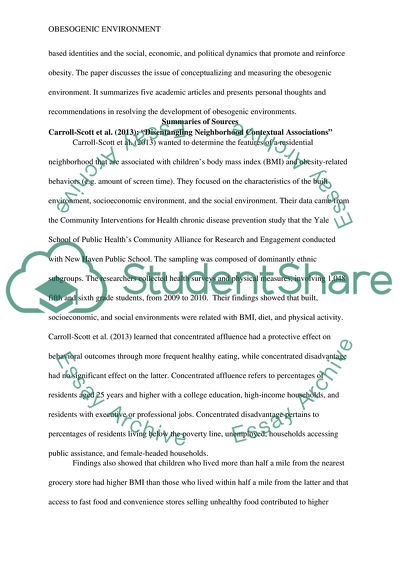Cite this document
(The Concept and Measurement of the Obesogenic Environment Case Study Example | Topics and Well Written Essays - 2500 words, n.d.)
The Concept and Measurement of the Obesogenic Environment Case Study Example | Topics and Well Written Essays - 2500 words. https://studentshare.org/sociology/1866236-obesegenic-environment
The Concept and Measurement of the Obesogenic Environment Case Study Example | Topics and Well Written Essays - 2500 words. https://studentshare.org/sociology/1866236-obesegenic-environment
(The Concept and Measurement of the Obesogenic Environment Case Study Example | Topics and Well Written Essays - 2500 Words)
The Concept and Measurement of the Obesogenic Environment Case Study Example | Topics and Well Written Essays - 2500 Words. https://studentshare.org/sociology/1866236-obesegenic-environment.
The Concept and Measurement of the Obesogenic Environment Case Study Example | Topics and Well Written Essays - 2500 Words. https://studentshare.org/sociology/1866236-obesegenic-environment.
“The Concept and Measurement of the Obesogenic Environment Case Study Example | Topics and Well Written Essays - 2500 Words”. https://studentshare.org/sociology/1866236-obesegenic-environment.


